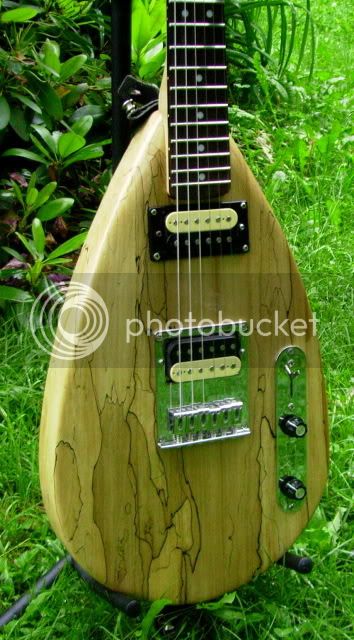jimdad07
Addicted to ArboristSite

After getting all the loist in place I was able to get the floor down today with the help of the kids. Most of the floor is 1"x 12" 16' doug fir with minimal sap. there are a few 1"x10" in the mix as well.

Very good work, looks like you could park a tank on that thing.





 very nice work in short time
very nice work in short time
